Exploding Star to Create Once-in-a-Lifetime Spectacle Over Kansas
Next month, the night sky over Kansas will host a rare cosmic event: the explosion of a star known as the “Blaze Star” or T CrB. This spectacular phenomenon is set to dazzle stargazers and casual observers alike.
Visible to the naked eye, this explosion will light up the constellation Corona Borealis, creating a must-see event for September 2024.
What is the "Blaze Star"?
The “Blaze Star,” or T CrB, is a binary star system located 3,000 light-years away in the constellation Corona Borealis, also known as the “Northern Crown.”
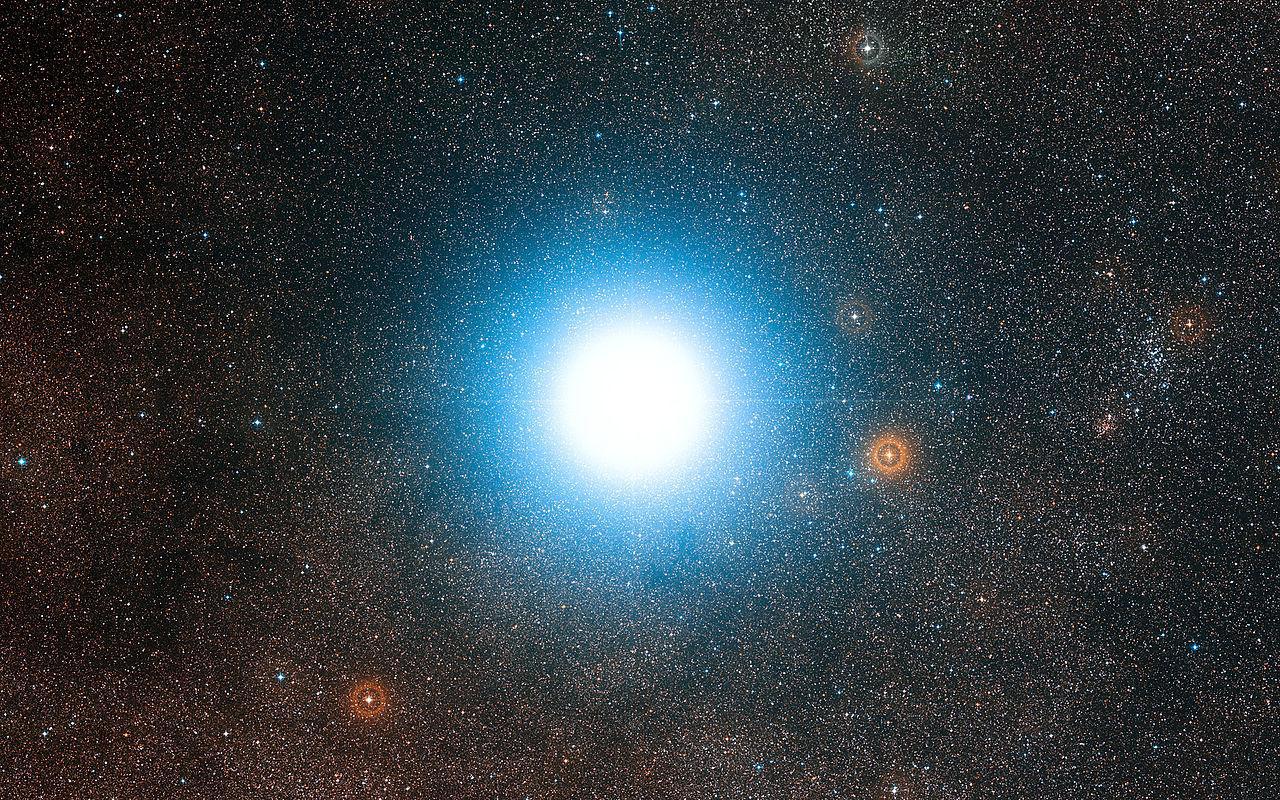
Source: Wikimedia
It consists of a small white dwarf and a red giant star. The unique interaction between these stars leads to a dramatic explosion, known as a nova, approximately every 80 years.
The Science Behind a Nova
A nova occurs when the white dwarf in a binary system pulls hydrogen from its companion star, creating immense pressure and heat. When the pressure becomes too much, it triggers a thermonuclear explosion.
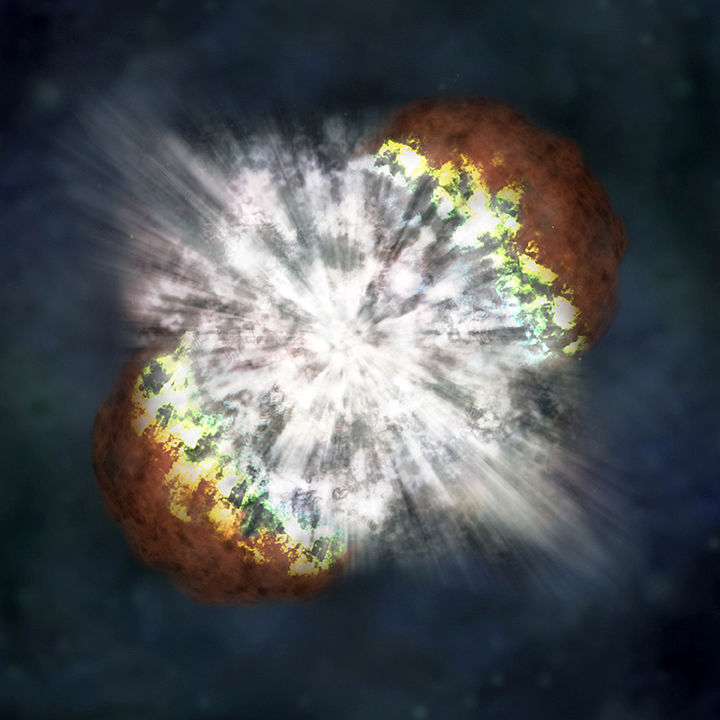
Source: NASA, Gettyimages
Unlike a supernova, a nova does not destroy the star but instead creates a bright flare visible from Earth.
Why This Event is So Rare
Nova events like this occur roughly every 80 years, making them rare celestial phenomena. The Blaze Star’s last explosion was observed in the 1940s, meaning most people will only have one chance in their lifetime to witness this cosmic spectacle.

Source: Wikimedia
This makes the upcoming event in September 2024 a unique opportunity for stargazers.
Visible to the Naked Eye
No special equipment is required to view this event. The Blaze Star will shine brightly enough to be seen without telescopes or binoculars.
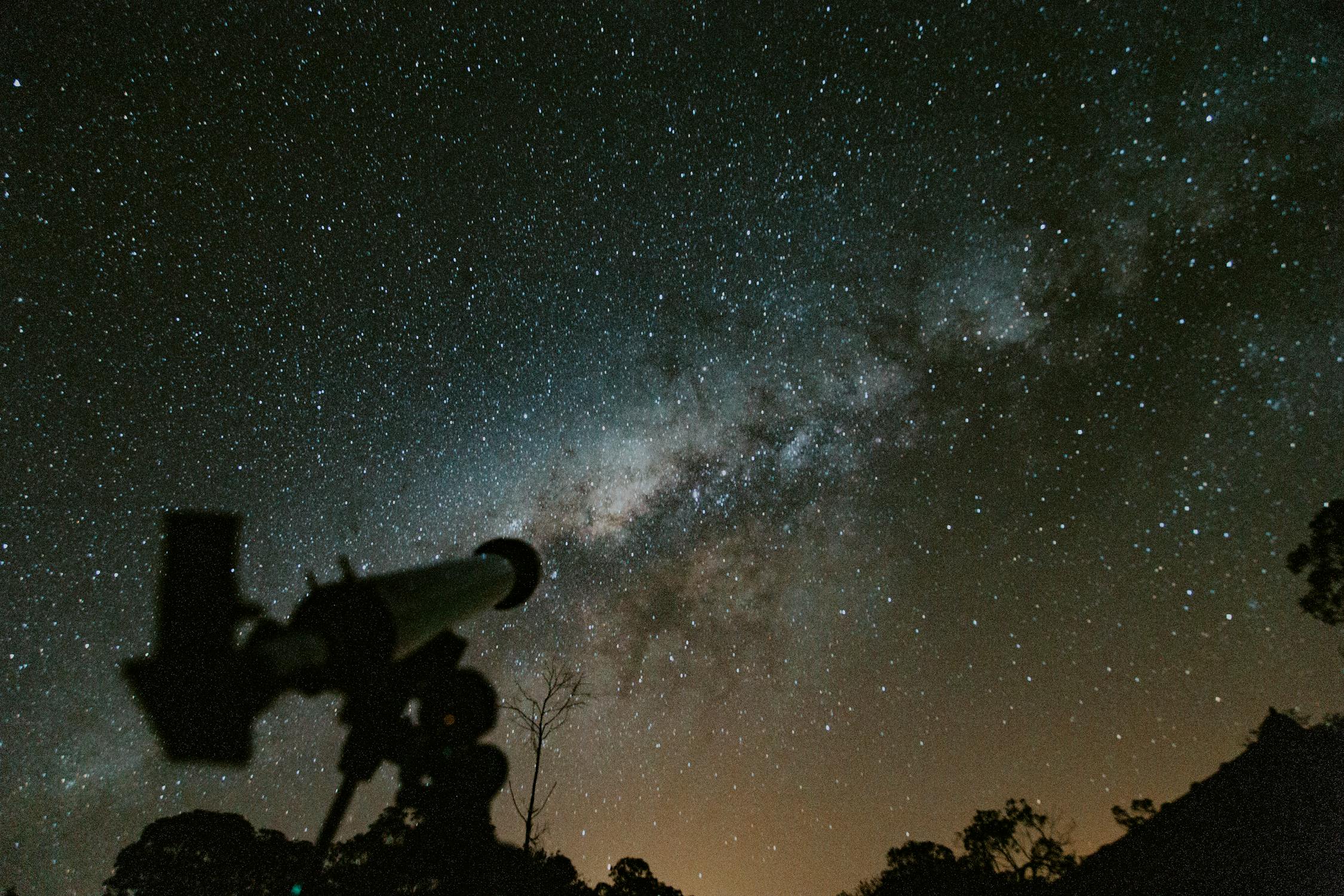
Source: Lucas Pezeta/Pexels
Stargazers simply need to find a dark location away from city lights and look towards the constellation Corona Borealis, located between the stars Arcturus and Vega.
How to Find Corona Borealis
To spot the Blaze Star, find the Corona Borealis constellation. Look for an arc of stars between Arcturus, a bright orange star, and Vega, a brilliant blue star.

Source: Felix Mittermeier/Pexels
The “Northern Crown” will appear closer to Arcturus, forming a semi-circle of stars, with the Blaze Star becoming its temporary brightest member.
The Best Viewing Conditions
For the best viewing experience, head to a location with minimal light pollution, such as a rural area or a dark sky park.
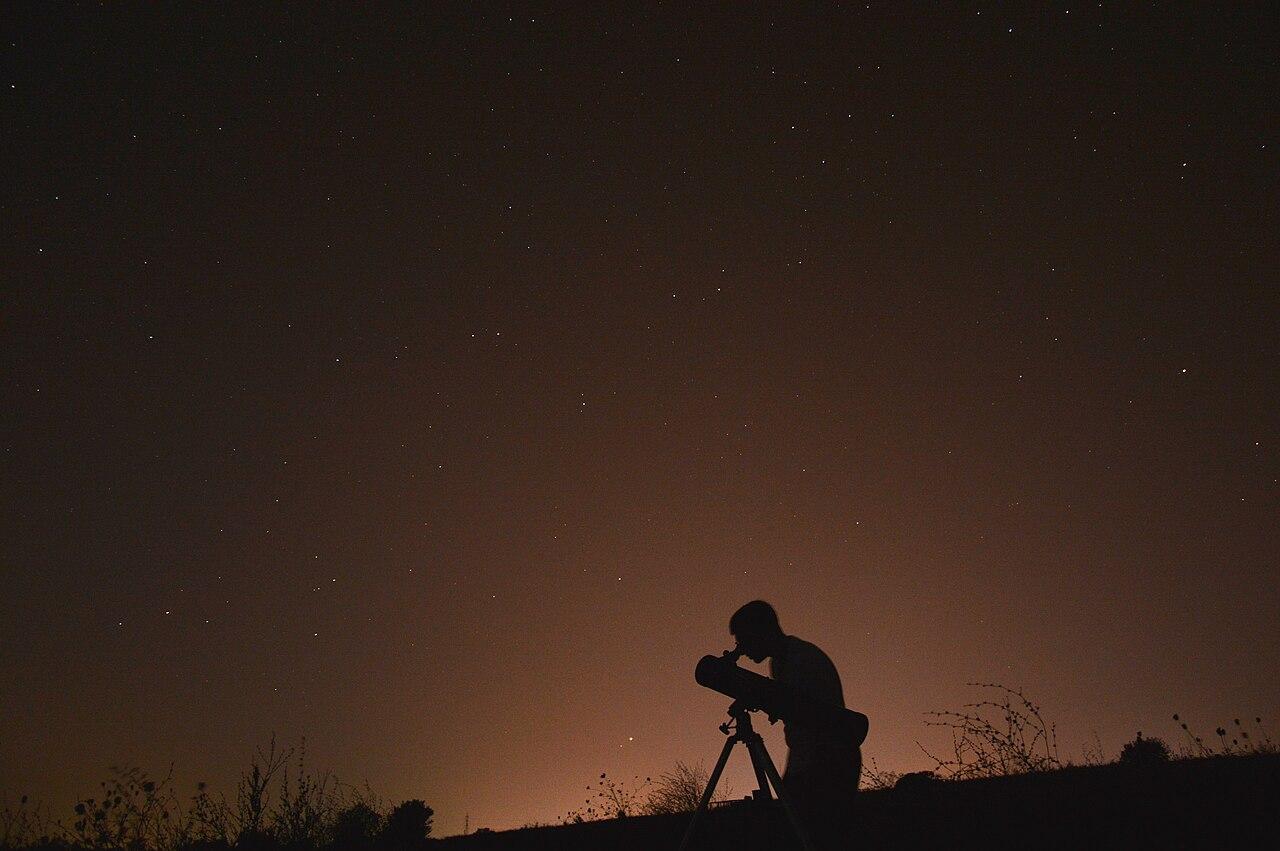
Source: Wikimedia
A clear night sky will provide the optimal conditions to see the nova. Be prepared to spend some time outside, as the exact timing of the nova is uncertain.
What to Expect During the Nova
The nova will appear as a sudden, bright light in the night sky, similar to a new star appearing out of nowhere. It will be bright for about a week, gradually fading back into obscurity.
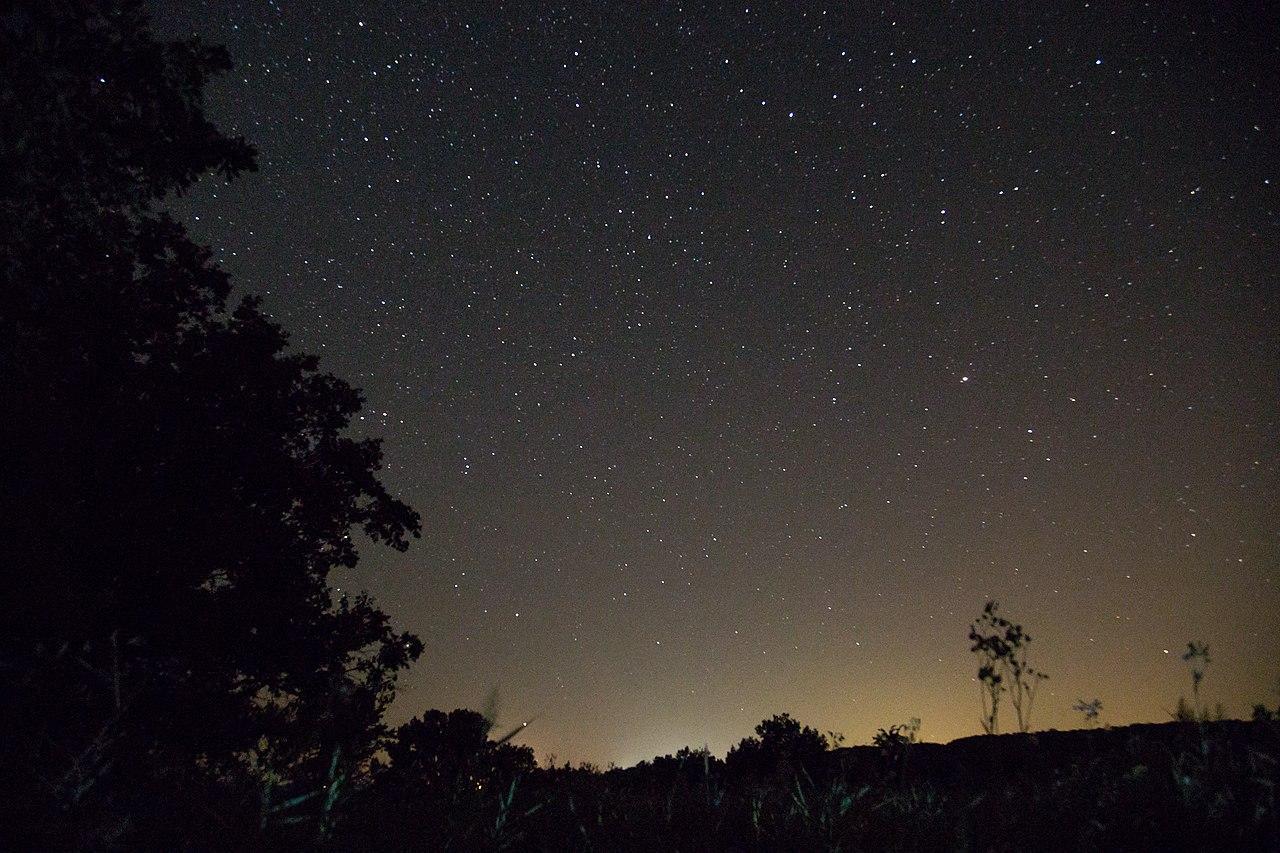
Source: Wikimedia
While it won’t look like a dramatic explosion, the sight of a new, brilliant star will be enough to be worthwhile viewing
The Impact on Future Astronomers
“This is a once-in-a-lifetime event that will inspire many future astronomers,” says Dr. Rebekah Hounsell from NASA’s Goddard Space Flight Center.
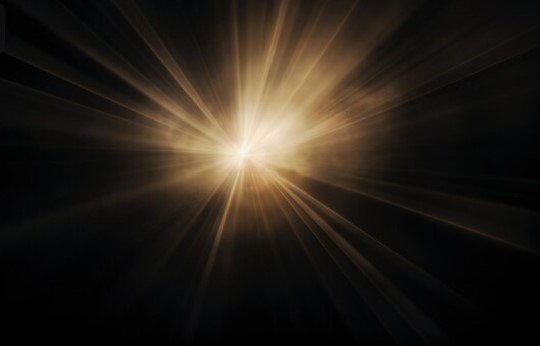
Source: Freepik
The visibility of this nova will allow people of all ages to engage with astronomy firsthand, encouraging the next generation of scientists to explore the stars.
A Rare Opportunity for Kansas Residents
Kansas, with its wide-open skies and low light pollution, offers some of the best viewing conditions in the U.S.
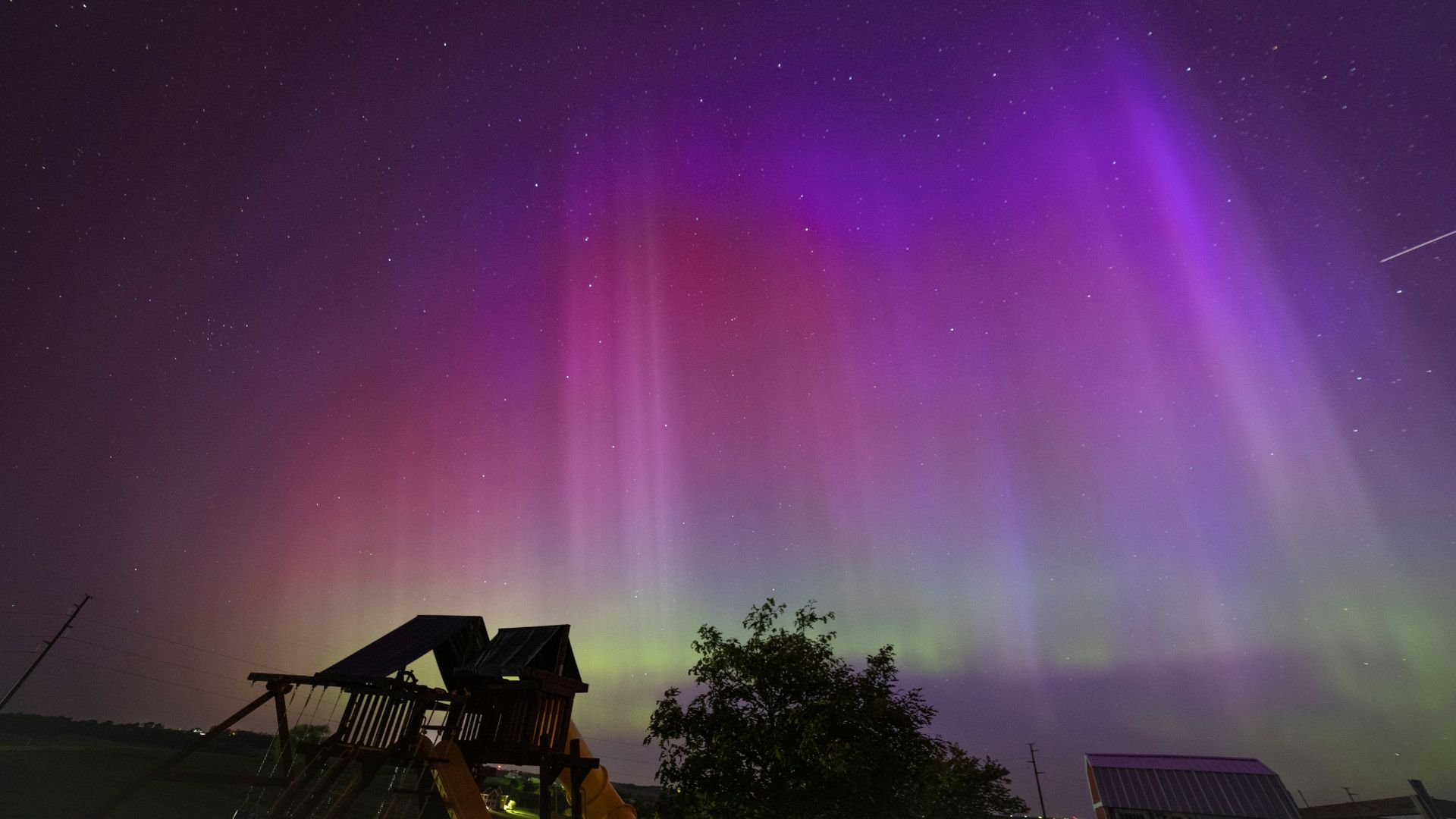
Source: Tackettbr/Wikimedia Commons
Residents (and visitors) are encouraged to take advantage of this rare opportunity to see a nova up close, making memories that could last a lifetime.
The Last Blaze Star Explosion
Historical records describe the last Blaze Star explosion as a breathtaking event that lit up the night sky.
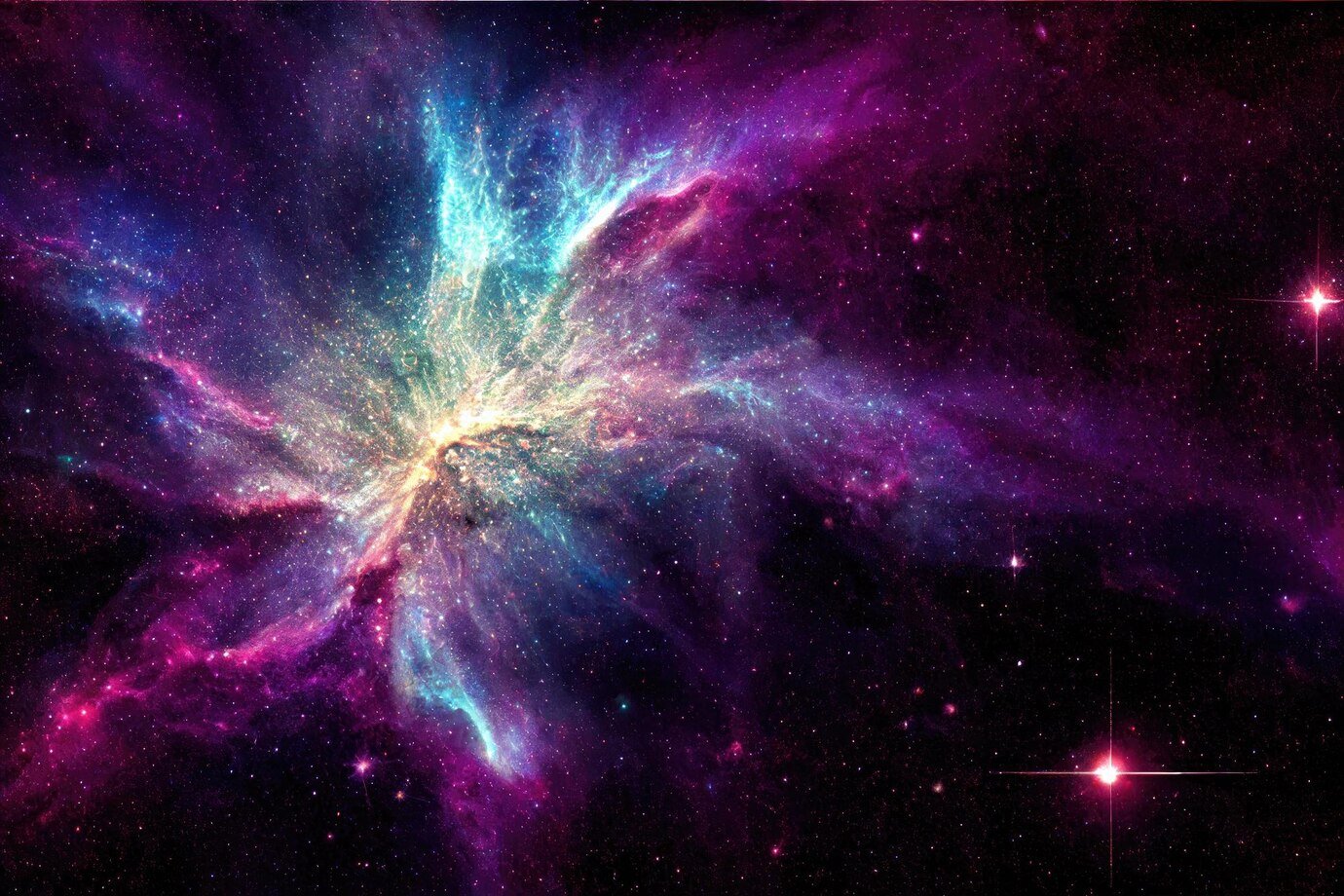
Source: Benzoix, Freepik
This year’s nova offers a chance to witness history repeating itself in a cosmic sense.
Prepare for a Night to Remember
Mark your calendars for September 2024 and prepare for an extraordinary celestial show.
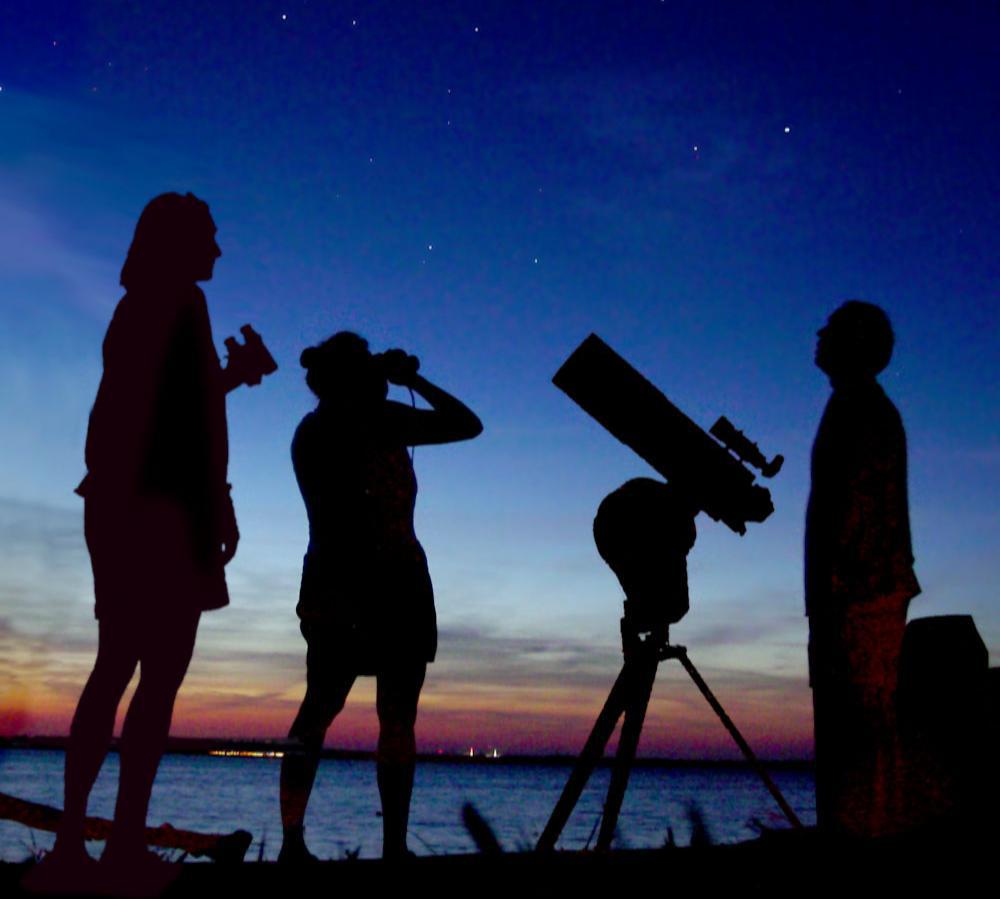
Source: Wikimedia
Remember to find a dark spot, bring friends and family, and get ready to witness the magic of the universe unfolding before your eyes.
